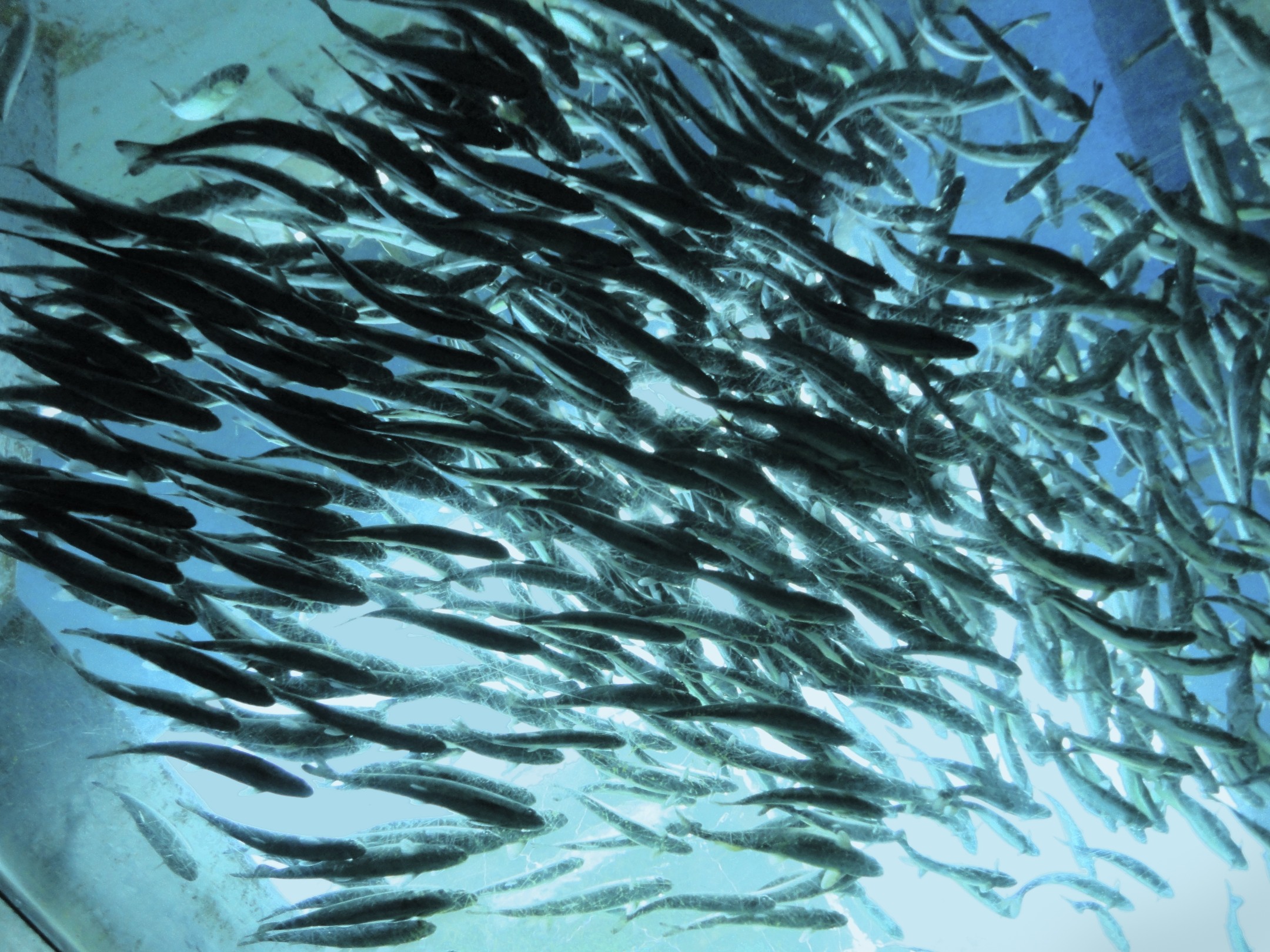
In this essay and the two that follow, I am not primarily interested in the analyses offered by contemporary theorists and researchers, given that things haven’t changed a whole over the past four decades – but rather have mostly intensified. Rather, I am interested in the solutions they have offered. I want to know how they suggest that the center can hold in 3rd Decade organizations that are often unbounded, forced to be agile, and surviving through collaboration rather than competition. Specifically, I wish to focus on five suggestions and will provide quotations from the new organizational theorists and researchers, as well as add my own thoughts and recommendations associated with each of these suggestions.
Evolving and Innovating
I will be guided in the selection and description of these five suggestions by a set of concepts that come from a field of study that initially seems to be far afield from organizational leadership. This field is evolutionary biology where we find a classic (sometimes controversial) mathematical model called the Hardy-Weinberg Equilibrium. This model provides some rich insight for not only those interested in evolutionary change, but also those leaders who are facing the challenge of introducing innovation and change in their organization while retaining its core principles and practices. The Hardy-Weinberg Equilibrium model works backwards regarding evolutionary change—it is about the five key assumptions that lead to NON-change in terms of biological evolution.
The first assumption is that there are no mutations in a population. This would mean that all of the genes that form the basis of all life forms are the same for all members of one species. There is no room, in other words, for variations or mistakes. The second assumption is that any specific population is isolated. Individual members of a specific population (community) can’t migrate into or emigrate out of that specific community. The members of any species within a specific community can only breed with individuals from the same community.









